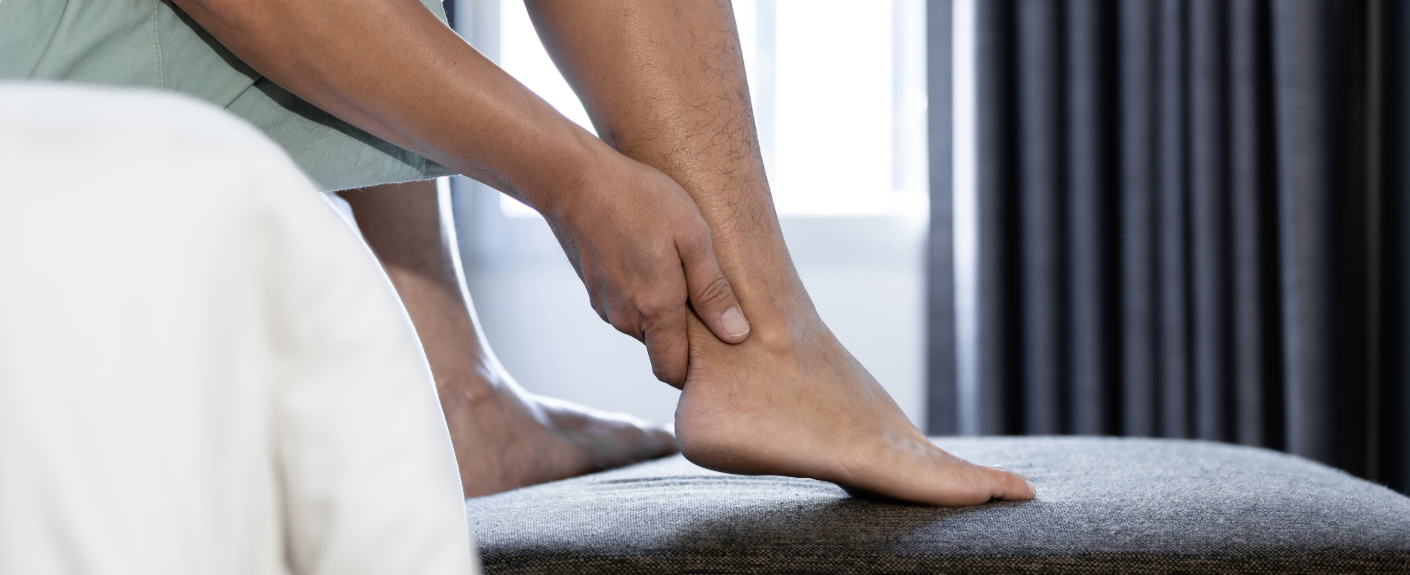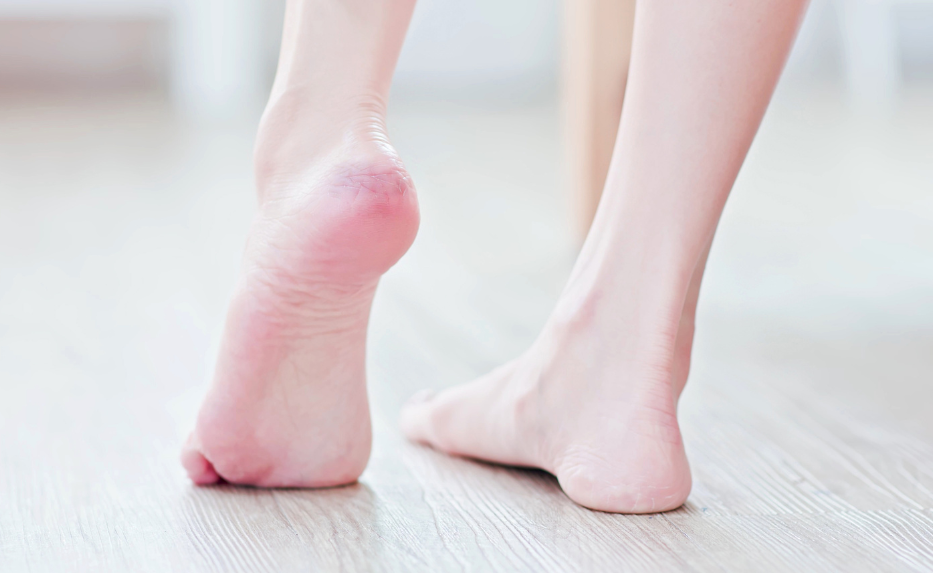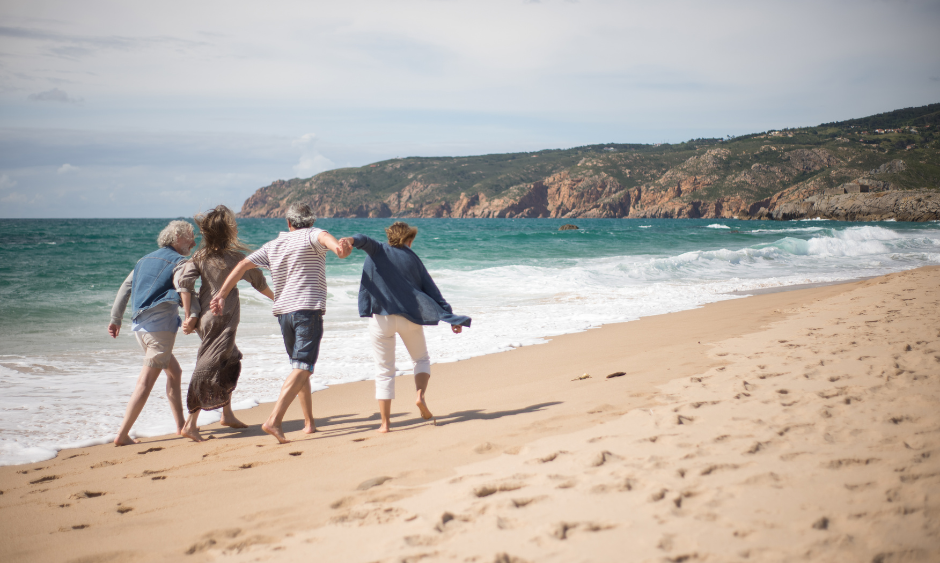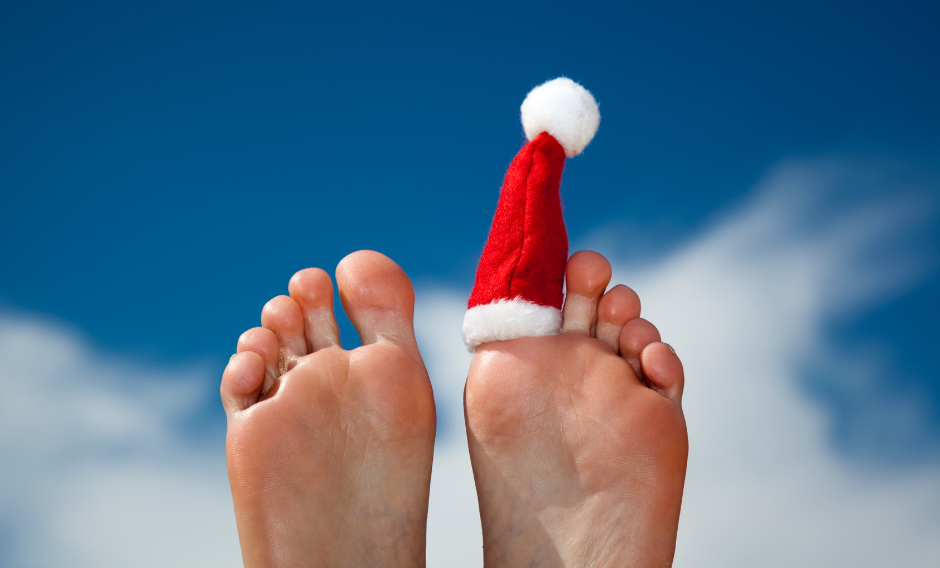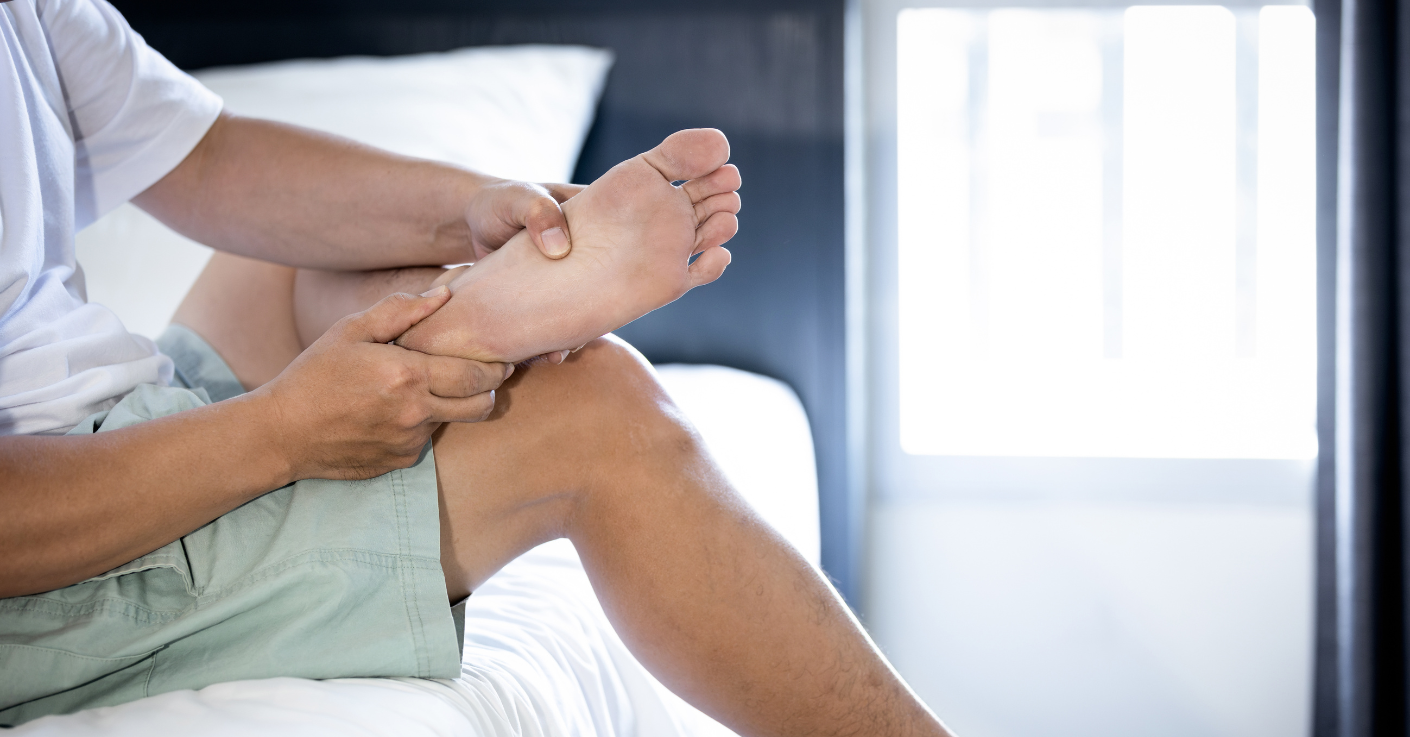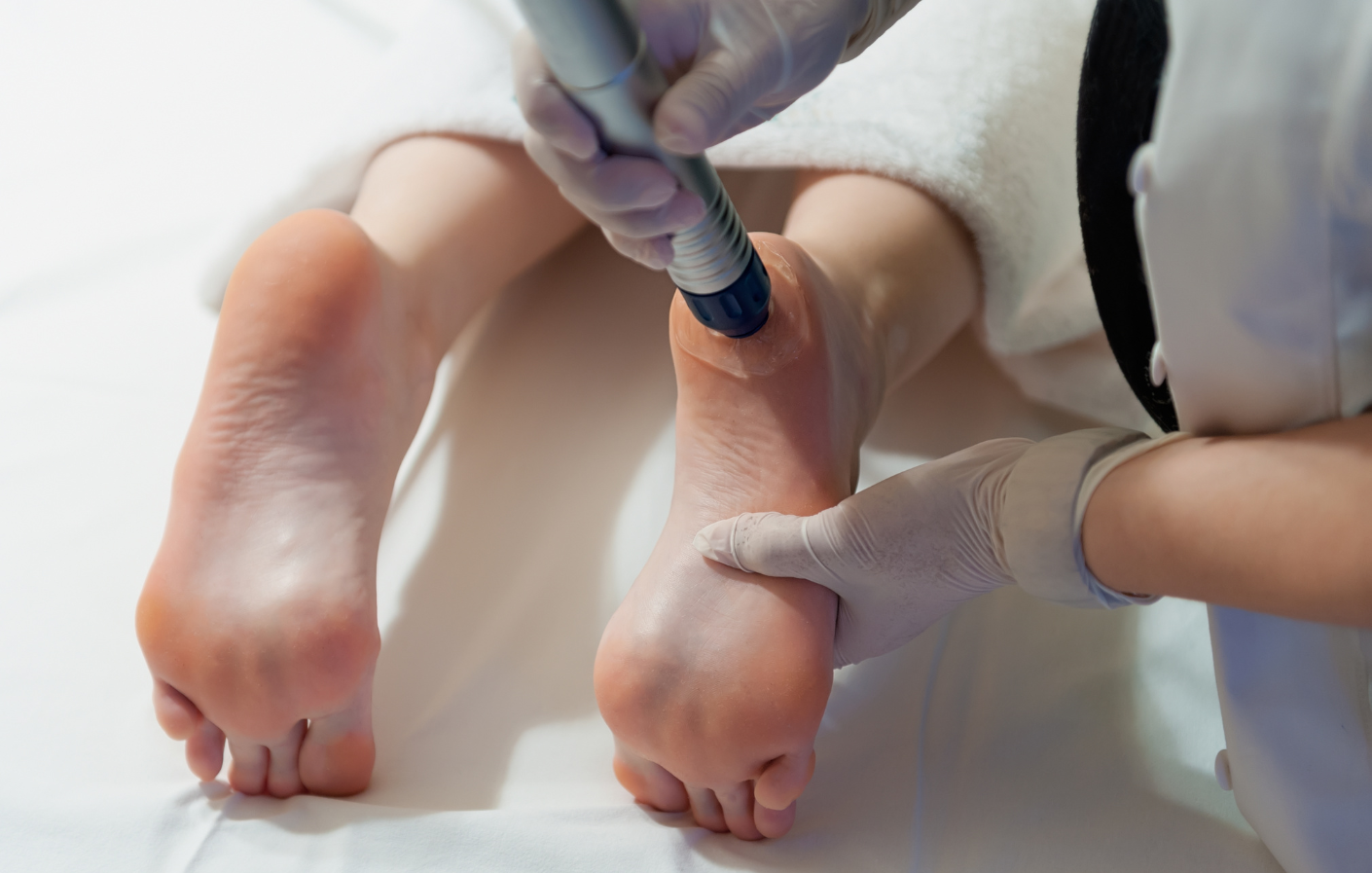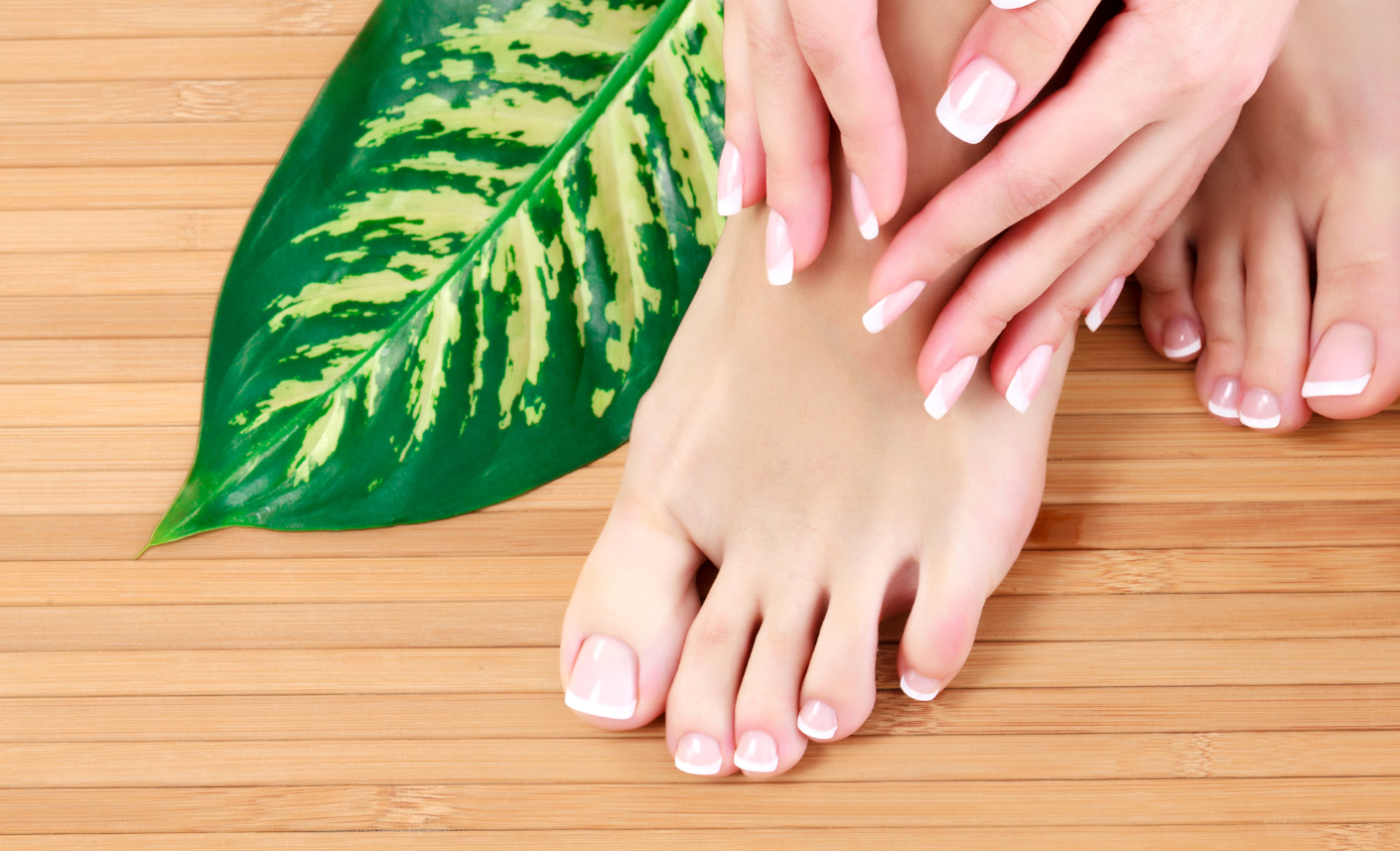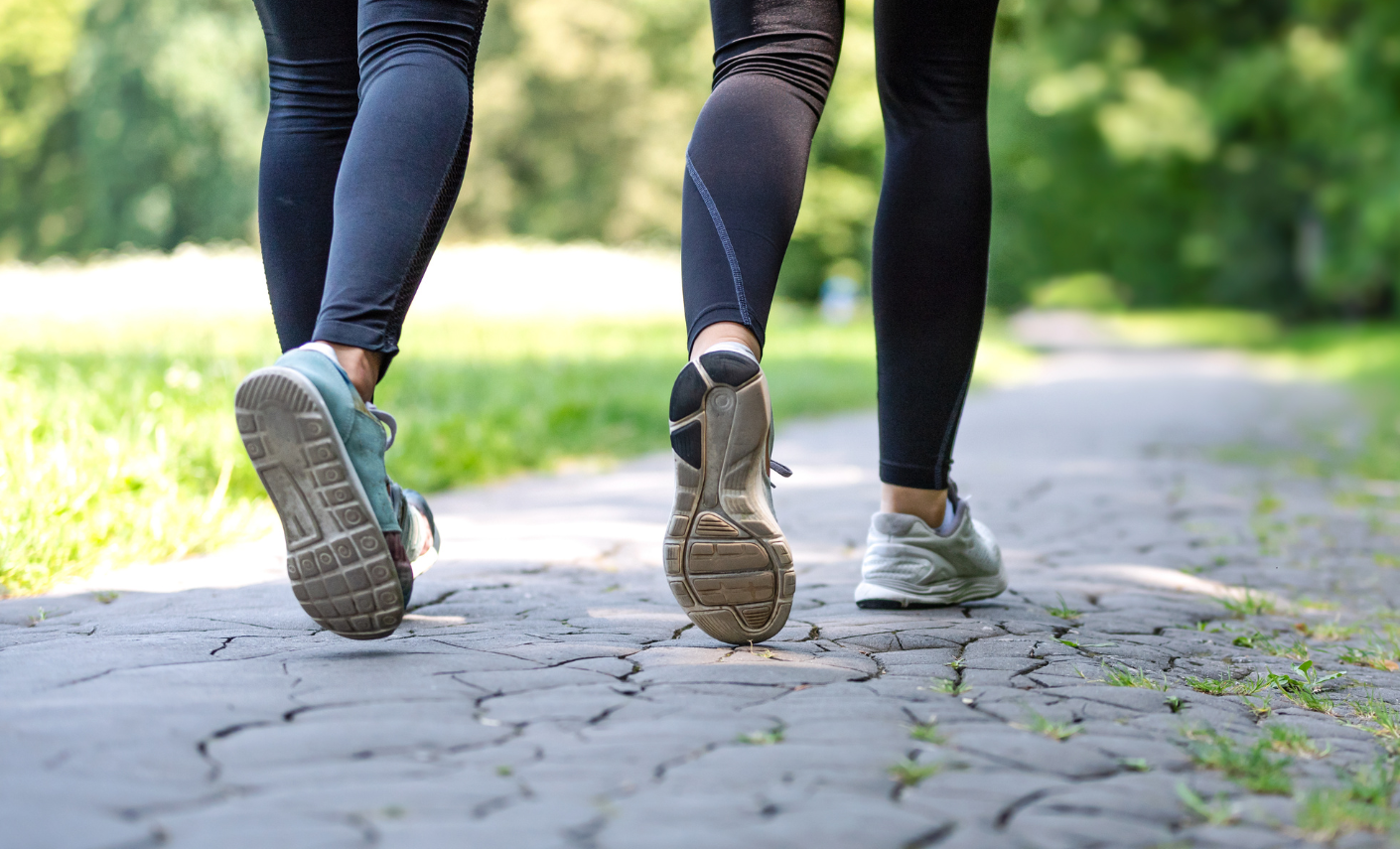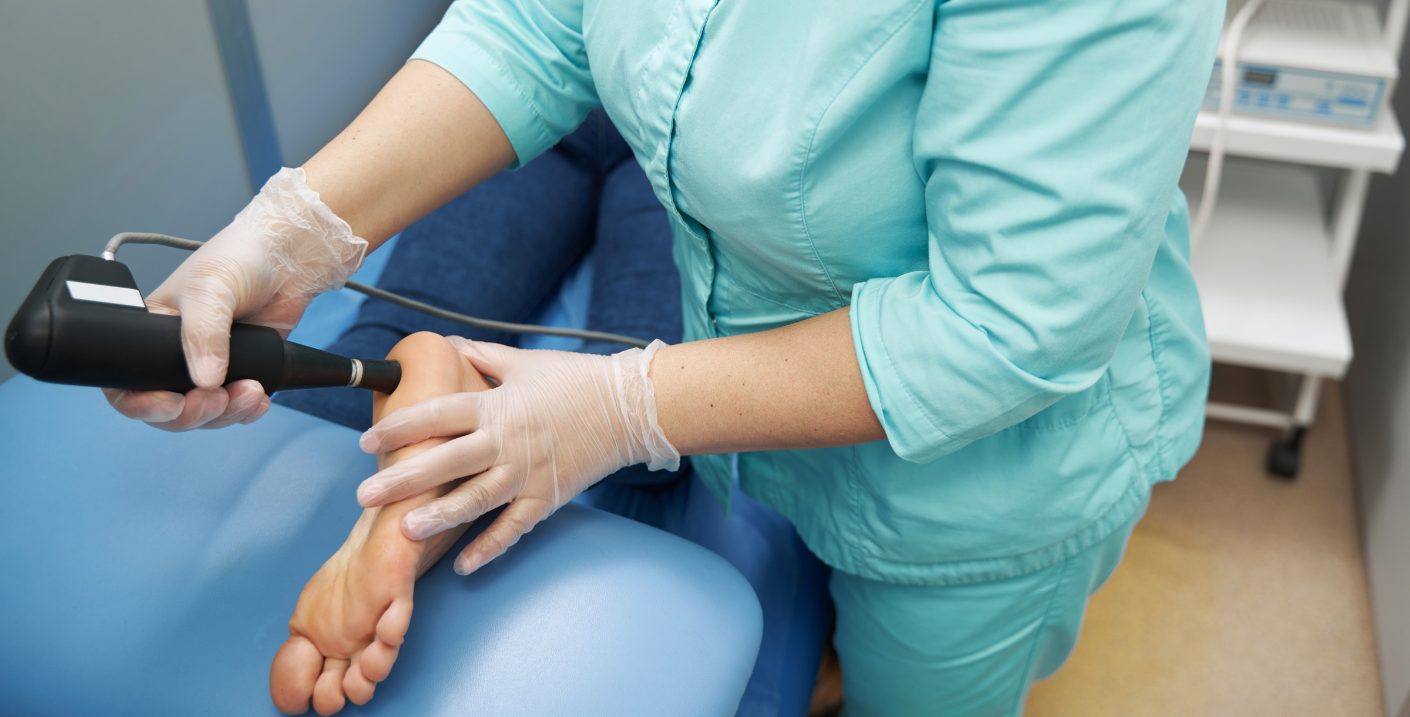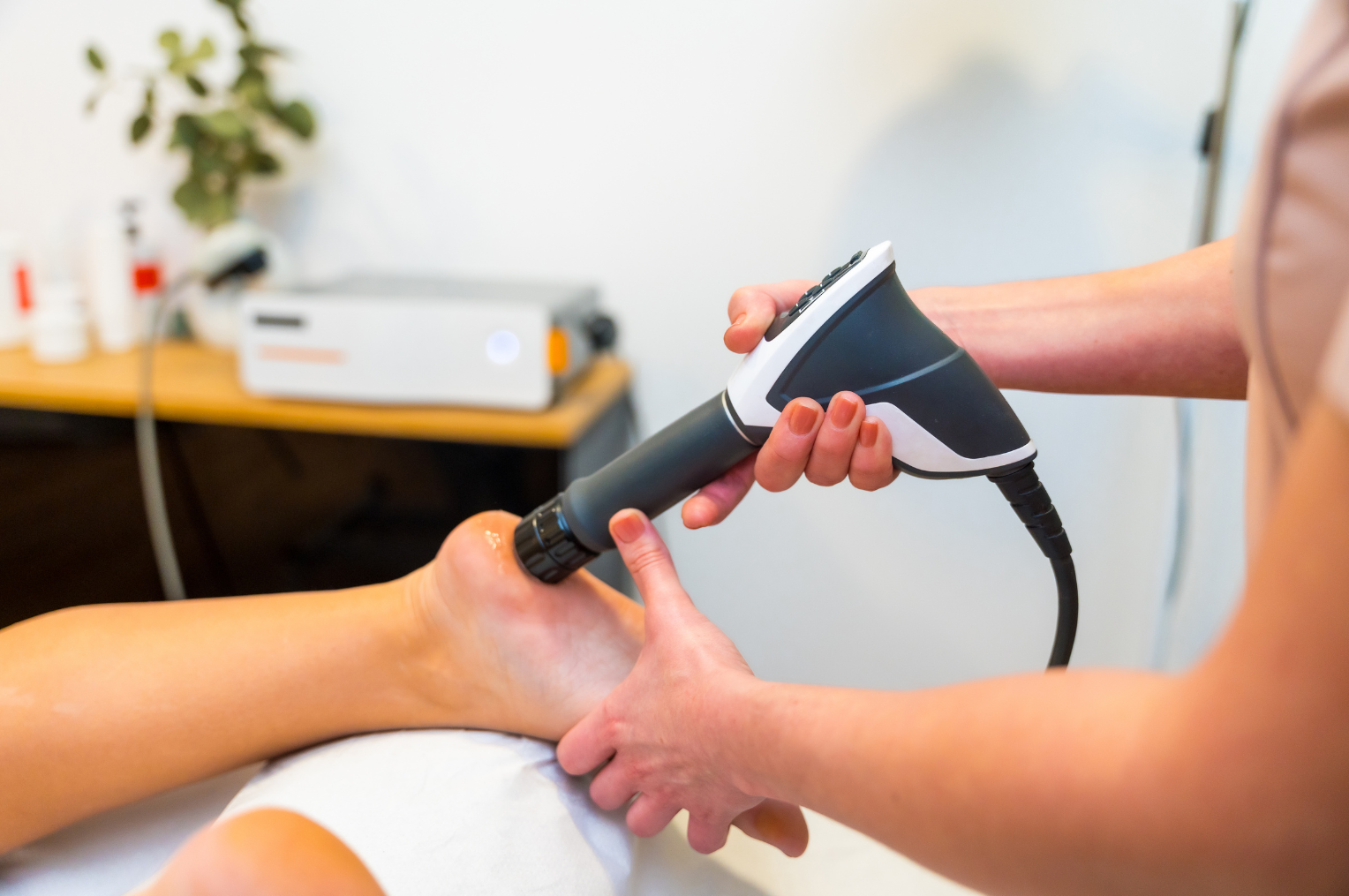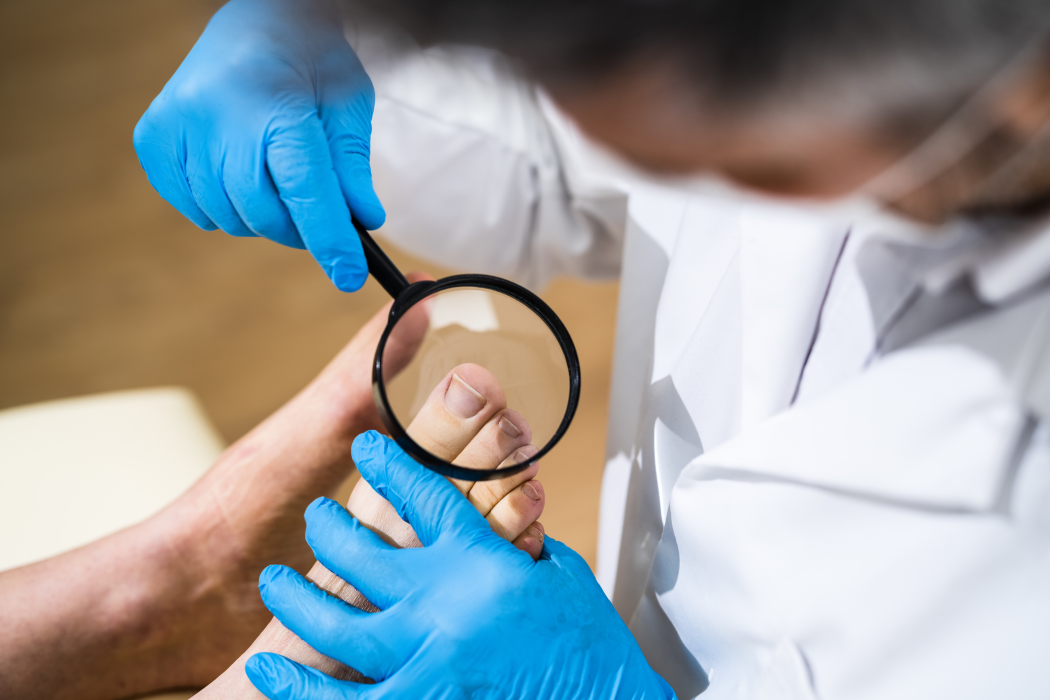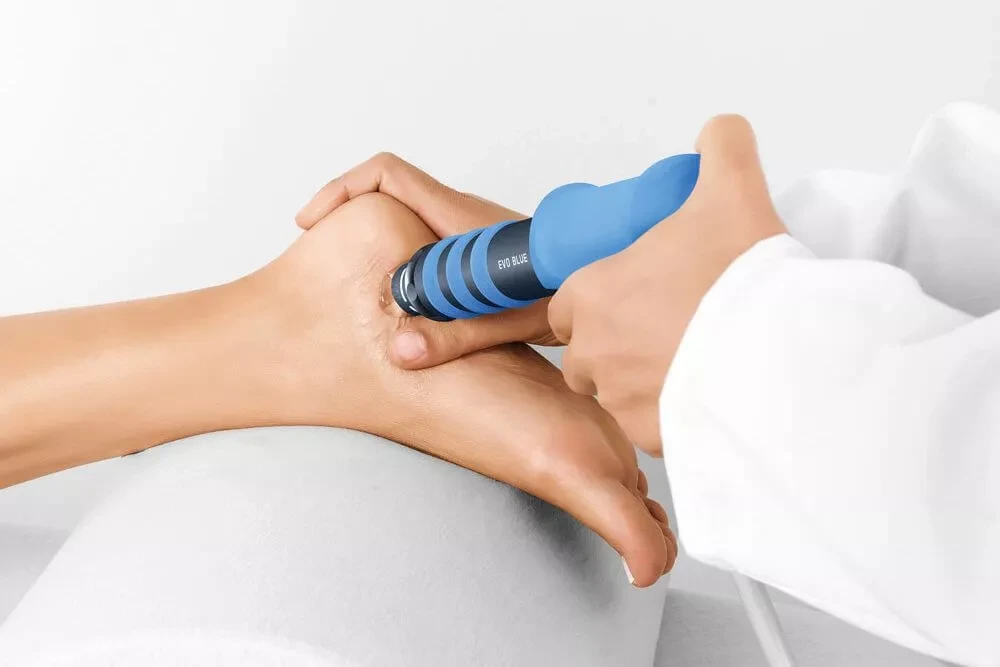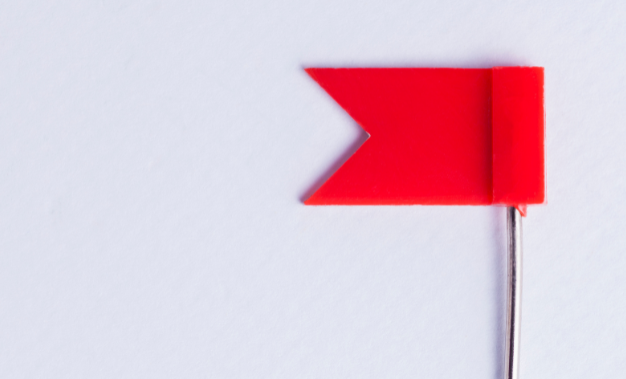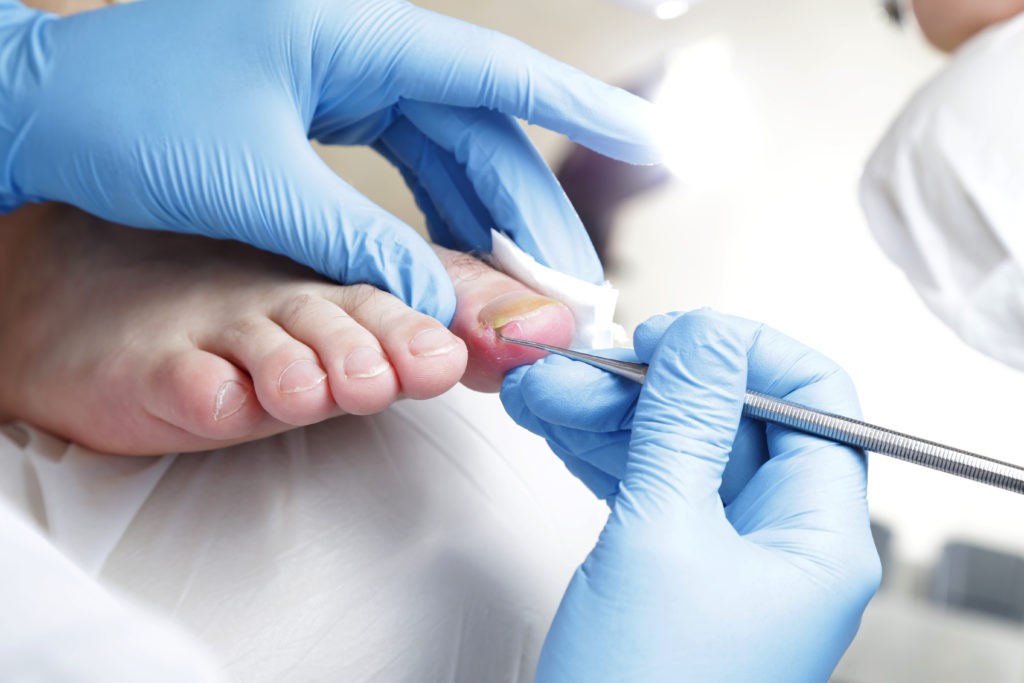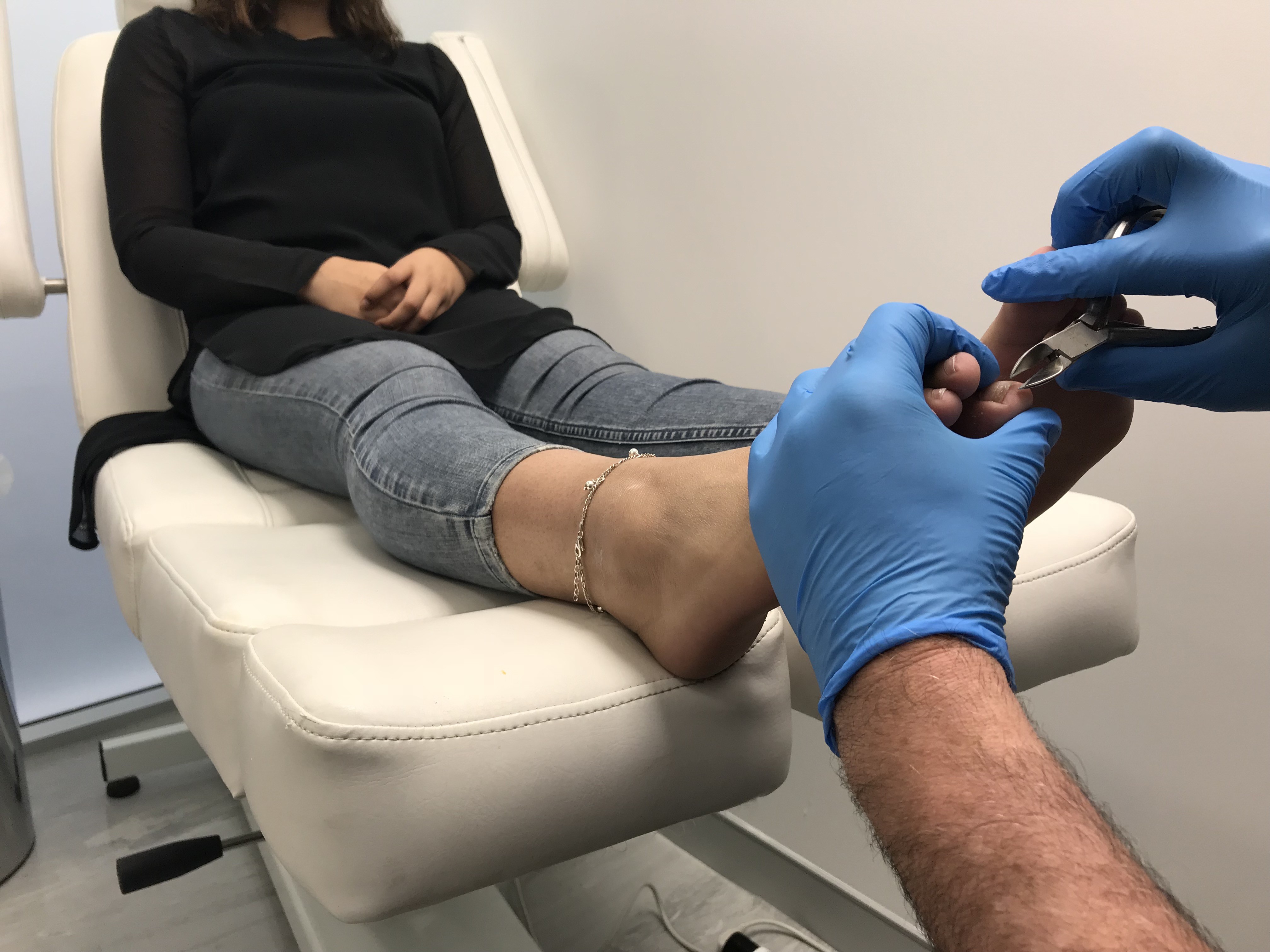Quadriceps Tendinopathy
Quadriceps Tendinopathy
Quadriceps tendinopathy describes damage and irritation to the quadriceps tendon which results in painful symptoms at the top of the knee. The quadriceps tendon attaches the quadriceps muscles at the front of the thigh to the patella (kneecap) and works to straighten the knee from a bent position.
What causes quadriceps tendinopathy?
Quadriceps tendinopathy is generally an overuse injury, occurring from excess strain and pressure on the quadriceps tendon past the point that it can safely handle. Any activity that overloads the quadriceps can cause tendinopathy, and many factors can contribute its development. These include:
- Knee alignment problems, including irregular patellar tracking and associated knee conditions
- A sudden increase in intensity of activity that overloads the quadriceps
-
Abnormal foot biomechanics

- Tightness in muscles and tissues such as the iliotibial band
- Unsupportive footwear
- Squatting exercises and weight-lifting
- Running sports and activities
- Improper training technique
What are the symptoms?
Symptoms generally occur at the front and top of the knee, and may include: Pain and tenderness
- Swelling
- Aching that radiates into the thigh
- Stiffness in the knee joint
- Pain on standing from a squatting position
How is it treated?
Treatment starts with following the PRICE principles (protection, rest, ice, compression and elevation) to alleviate the painful symptoms. The focus is then on allowing the tendon to heal and reducing the likelihood of future re-injury. This may include:
- Orthotics to reduce pressure away from the quadriceps tendon and correct any abnormal foot biomechanics
- Footwear assessment to ensure the shoes are helping and not hindering recovery
- Stretching tight muscles that may have contributed to overloading of the tendon, including the quadriceps once healing and repair have occurred
- Strengthening weak muscles
- Activity modification to reduce the load on the quadriceps tendon until it has healed
- Strapping the knee to temporarily help relieve symptoms and facilitate healing and repair
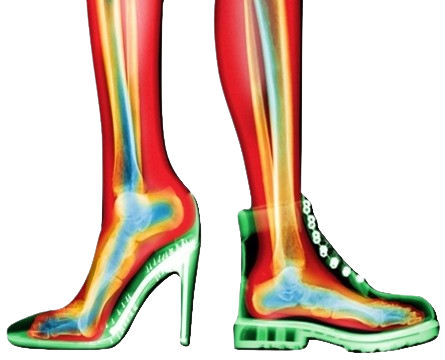
.png)
.png)


